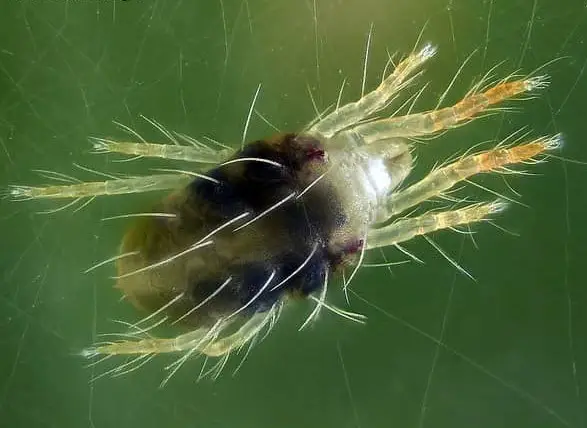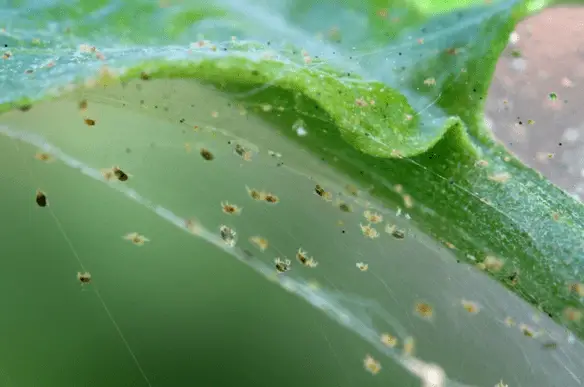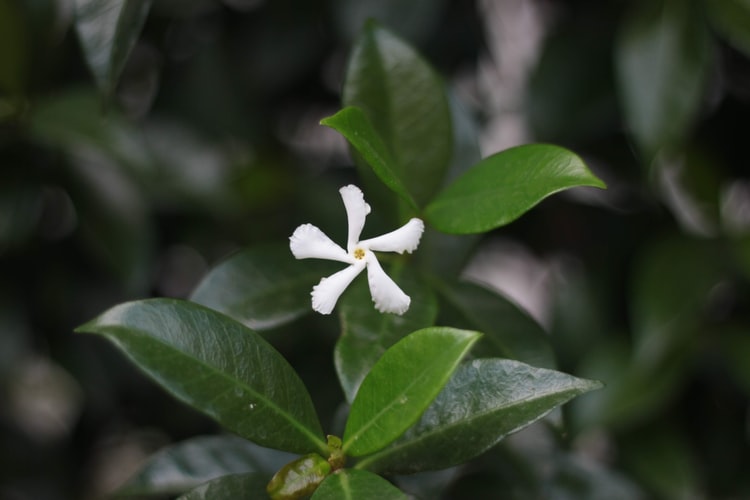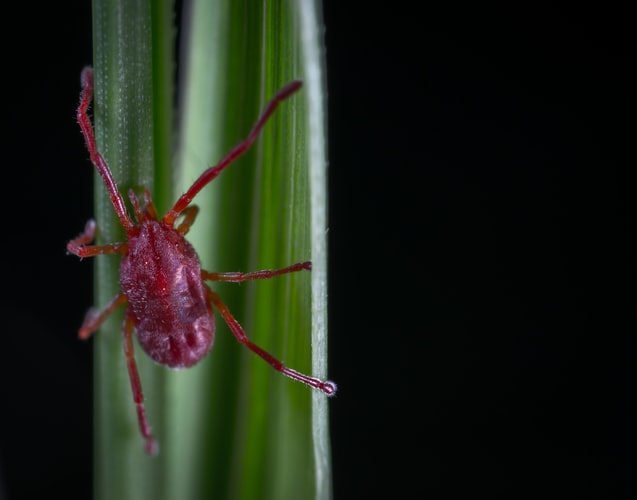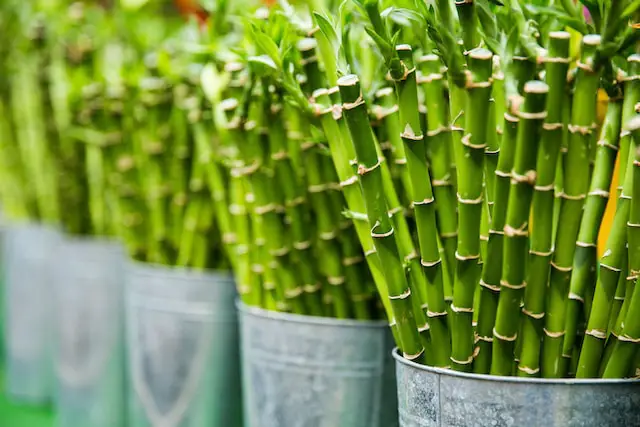
Bamboo plants are a popular choice for many gardeners and homeowners due to their lush green foliage and easy maintenance. However, if you notice your bamboo plant’s leaves turning brown, it can be a sign of several issues.
This comprehensive guide will delve into the various reasons behind this phenomenon and provide practical solutions to restore your bamboo plant’s health.
Understanding Bamboo Plants
Before we delve into the reasons behind brown leaves, it’s essential to understand the nature of bamboo plants. Bamboo plants are resilient and can adapt to various conditions.
However, like any other plant, they have specific needs that must be met to thrive. These include adequate watering, proper lighting, ideal temperature and humidity, sufficient nutrients, and protection from pests.
Natural Aging
The first thing to understand is that browning leaves can be a natural part of a bamboo plant’s life cycle. As the plant ages, older leaves will turn yellow, then brown, and eventually fall off. This is a normal process and not a cause for concern unless a significant number of leaves are turning brown at once.
Watering Issues
Watering issues are a common cause of brown leaves in bamboo plants. Both overwatering and underwatering can lead to this problem. Overwatering can cause root rot while underwatering can lead to dehydration. Both conditions can result in brown leaves.
- Overwatering: If the soil is consistently waterlogged, the roots may suffocate and develop root rot, causing the leaves to turn brown.
- Underwatering: On the other hand, underwatering can lead to dehydration and stress, resulting in brown and crispy leaves.
To prevent these issues, ensure your bamboo plant is planted in well-draining soil and water it thoroughly when the top inch of soil feels dry. Avoid overwatering and ensure adequate drainage to prevent water from pooling around the roots.
Lighting Conditions
Bamboo plants thrive in bright, indirect light. If your bamboo plant is placed in a location with low light levels, it may cause the leaves to turn brown and drop. Consider moving your bamboo plant to a spot where it can receive more sunlight, but avoid direct sunlight as it can scorch the leaves.
Temperature and Humidity
Bamboo plants prefer warm and humid environments. Exposure to extreme temperatures or low humidity levels can stress the plant and lead to brown leaves. Avoid placing your bamboo plant near drafty windows, air conditioning vents, or heating sources. To increase humidity, you can mist the leaves regularly or place a tray filled with water near the plant.
Nutrient Deficiencies
Inadequate nutrient levels can also contribute to browning leaves in bamboo plants. Nitrogen deficiency, in particular, can cause the leaves to turn yellow and then brown.
To ensure your bamboo plant receives the necessary nutrients, use a balanced fertilizer specifically formulated for bamboo or houseplants. Follow the instructions on the fertilizer packaging for proper application.
Pest Infestation
Pests such as spider mites, aphids, or mealybugs can infest bamboo plants and cause leaf discoloration. These tiny insects feed on the plant sap, leading to yellowing and browning of the leaves.
Inspect your bamboo plant regularly for any signs of pest infestation, such as webbing, tiny insects, or sticky residue on the leaves. If you detect pests, treat the plant with an appropriate insecticidal soap or consult a professional for guidance.
Additional Tips for Bamboo Plant Care
In addition to addressing the specific issues mentioned above, here are some general tips to keep your bamboo plant healthy:
- Regularly clean the leaves with a damp cloth to remove dust and improve photosynthesis.
- Rotate your bamboo plant every few weeks to ensure all sides receive equal light.
- Re-pot your bamboo plant every two to three years to refresh the soil and provide more room for growth.
- Trim off dead or dying leaves to encourage new growth.
Frequently Asked Questions
Why are the leaves on my bamboo plant turning yellow?
Yellowing leaves can be a sign of overwatering, nutrient deficiency, or pest infestation. Check your watering habits, ensure your plant is receiving adequate nutrients, and inspect for signs of pests.
Can a bamboo plant recover from brown leaves?
Yes, a bamboo plant can recover from brown leaves if the underlying issue is addressed promptly. Trim off the brown leaves to encourage new growth and ensure the plant is receiving proper care.
How often should I water my bamboo plant?
Water your bamboo plant when the top inch of soil feels dry. Avoid overwatering as it can lead to root rot.
Conclusion
Understanding why bamboo plant leaves turn brown is the first step in maintaining a healthy plant. Whether it’s natural aging, watering issues, lighting conditions, temperature and humidity fluctuations, nutrient deficiencies, or pest infestation, each issue can be addressed with proper care and attention.
Remember, the key to a healthy bamboo plant is regular inspection and prompt action when problems arise. With the right care, your bamboo plant can thrive and continue to add beauty to your space.
If you found this information helpful, you’re more than welcome to join our weekly newsletter. You can also follow us on our social platforms:

